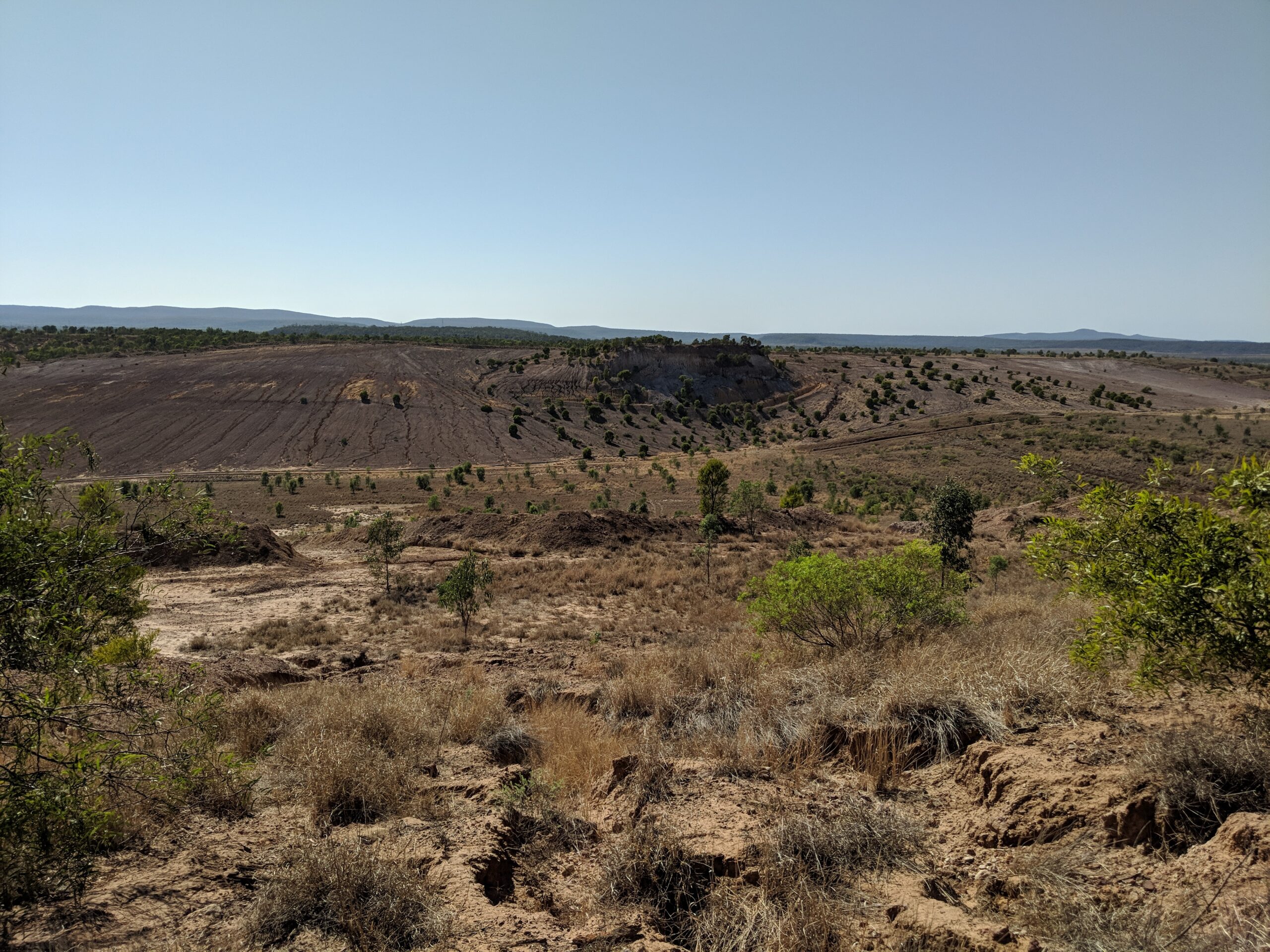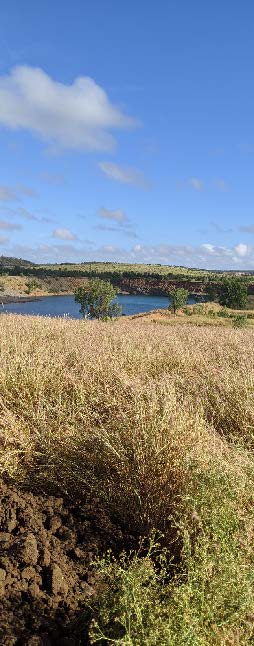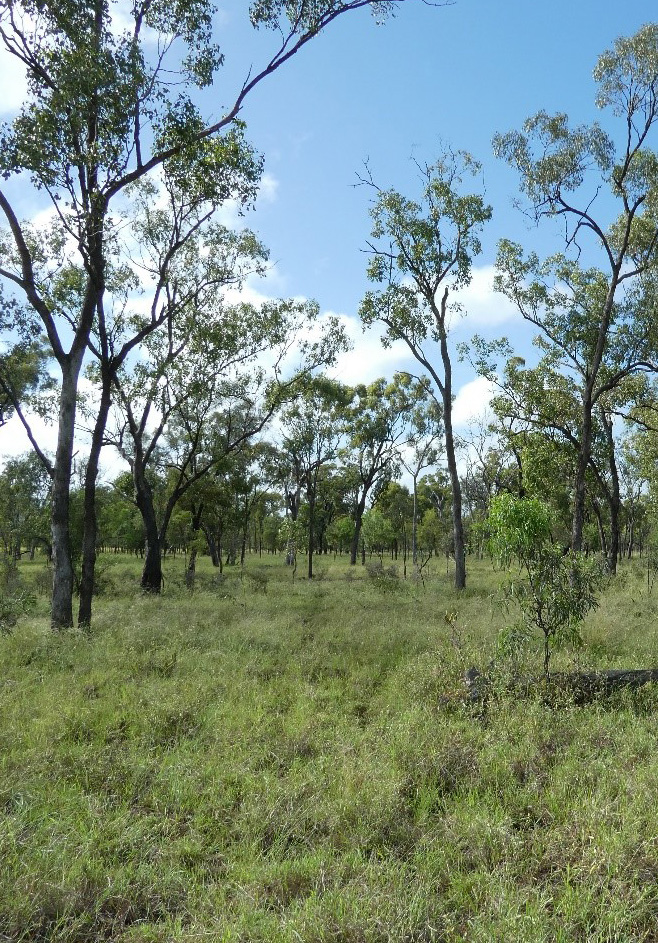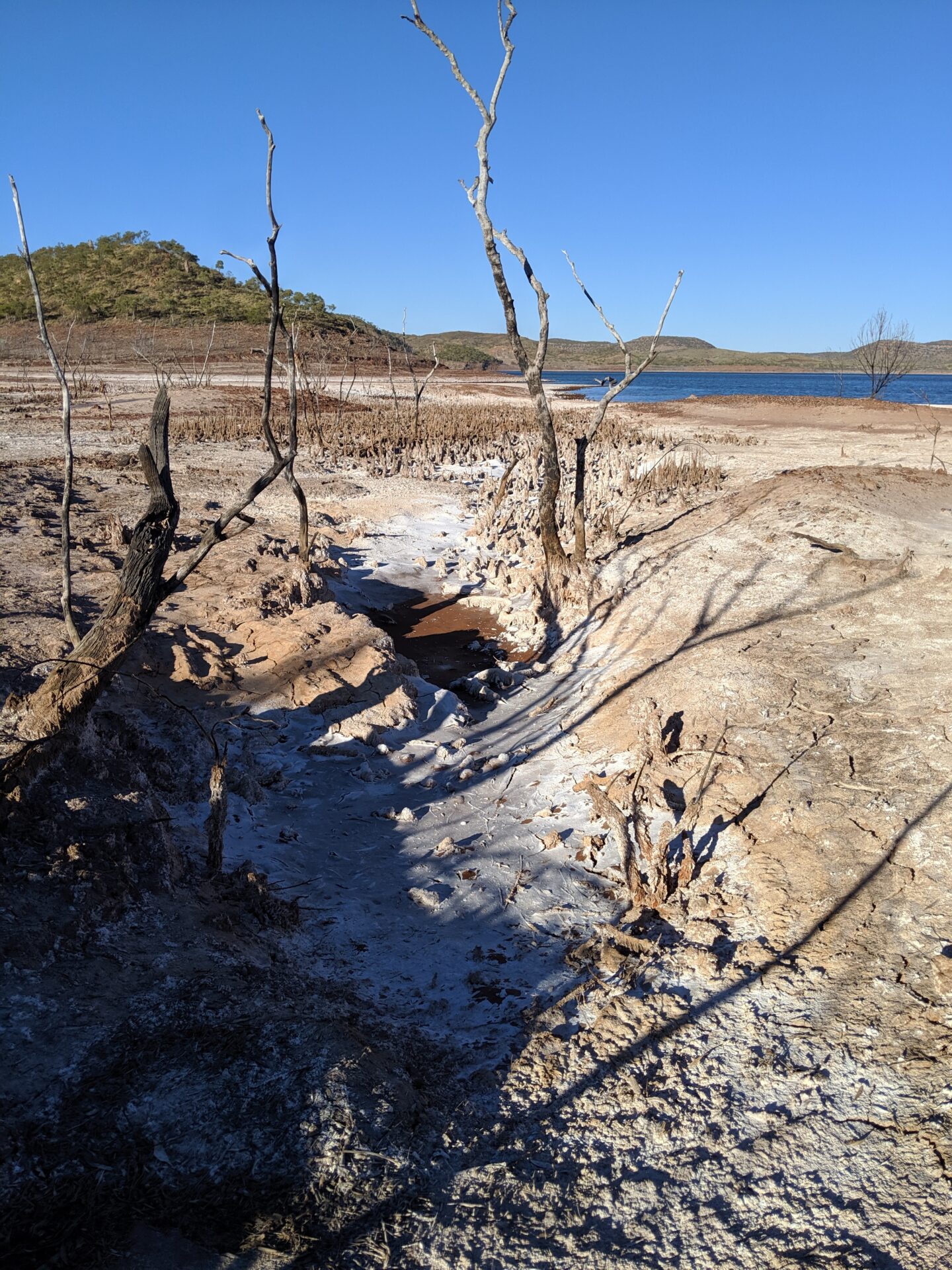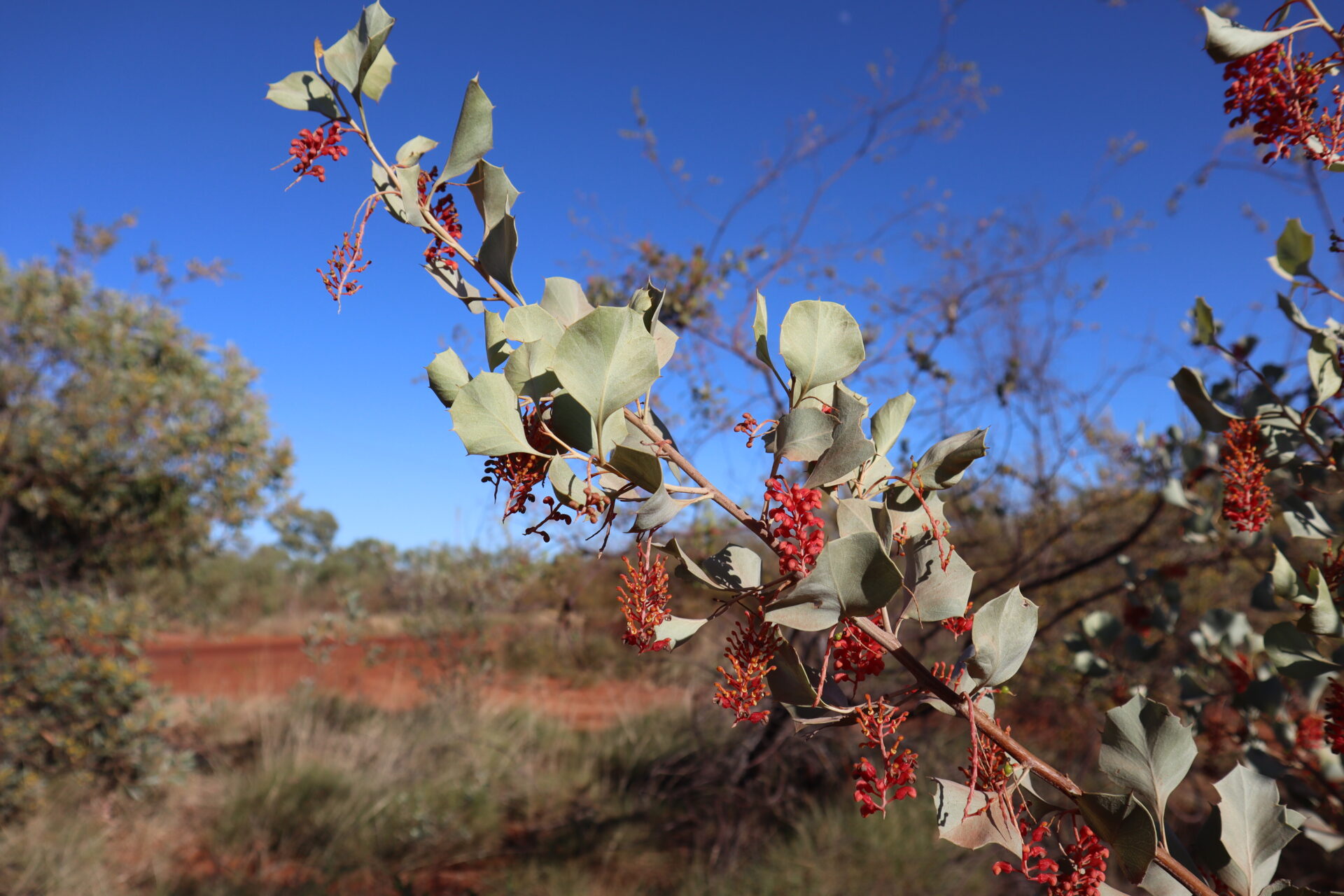Background
SGME completed a closure plan appraisal report (CPAR) to formalise proposed closure and rehabilitation activities. A detailed mine closure plan (the closure plan) was subsequently prepared to provide information and actions required to relinquish the land to the government. The mine is located near the town of Nebo in Queensland. It is approximately (~) 290 kilometres south-west of Mackay and ~60 kilometres north-west of Coppabella. The nearest significant feature is Peak Range National Park.
Objective
At the time, the mine was closing and working towards relinquishing rehabilitated land back to the government. SGME was chosen to assist on this project because of our familiarity with regulatory requirements, commitment to sustainable practices and proficiency in developing effective solutions for environmental challenges.
Solution
The client emphasised adopting a risk-based approach for the CPAR and closure plan, aiming to minimise uncertainties related to closure and rehabilitation. Through the CPAR, crucial knowledge gaps were identified which lead to actionable insights.
The closure plan development was a collaborative effort involving mine stakeholders, and it closely followed the government’s guidelines. It included key components such as stakeholder engagement frameworks, clear closure objectives and goals, and a comprehensive closure risk and opportunities register. The closure plan also addressed alternative post-mining land uses, set rehabilitation criteria, outlined recommended actions and priority tasks, and established a detailed closure timeline and lease relinquishment strategy.
At SGME, we’re dedicated to minimising the impacts of mining through habitat restoration and monitoring. We prioritise techniques such as revegetation to stabilise soil and protect biodiversity. Our approach includes advanced methods such as soil stabilisation and water management to enhance the resilience of restored habitats. Continuous monitoring is central to our success. By tracking habitat recovery progress and identifying potential challenges, we can make adjustments for an improved outcome.
Our strategy involves careful planning, tailored approaches for each mine, stakeholder engagement, adaptive management and a long-term commitment to ecological restoration. Clients can rely on us for thorough assessments, strategic planning, native species support, clear goals, effective monitoring, adaptive strategies and successful habitat restoration results.
